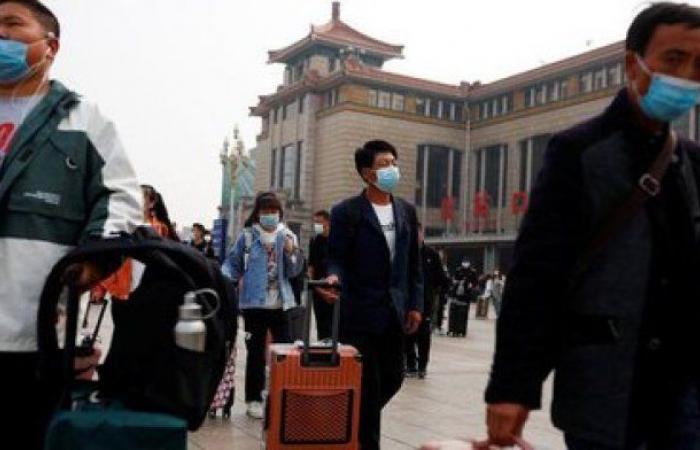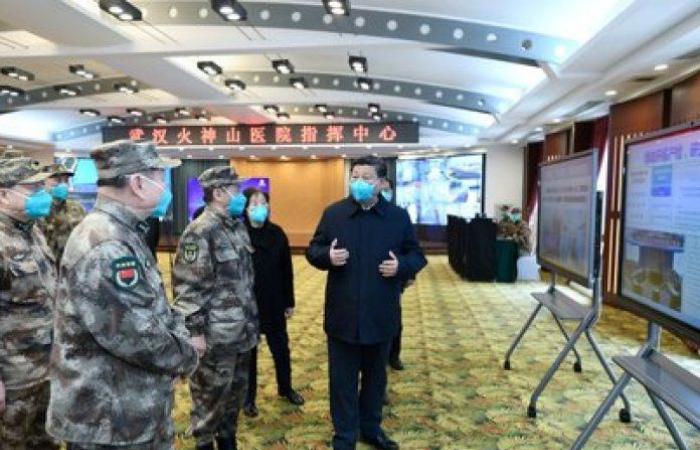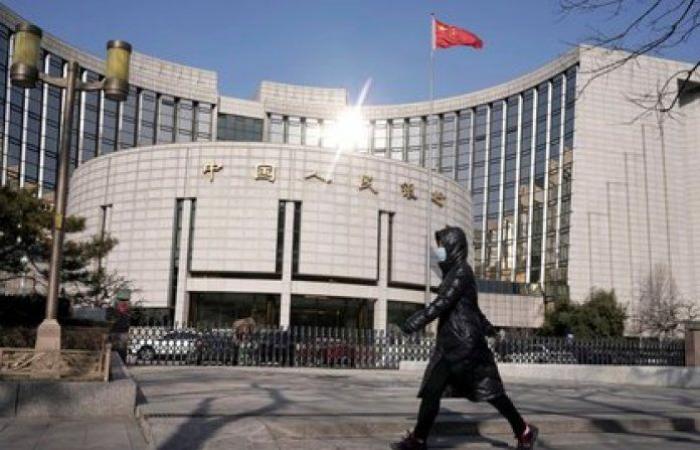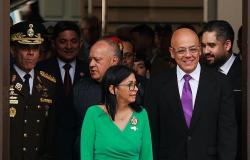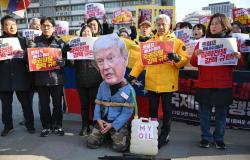According to a study published by the Lancet medical journal, this Tuesday, December 1, marks one year since the first known patient showed symptoms of the coronavirus disease in the provincial capital of Hubei, in the Chinese city of Wuhan.. In these 12 months, more than 60 million infected people have already been registered, and more than a million and a half died from covid-19. All eyes of the international community continue to be directed against the Xi Jinping regime for handling the early stages of the pandemic.
The president of the United States, Donald Trump, has been one of the most critical of Beijing, coming to describe the covid-19 as the “Chinese virus”. The North American president also said that the Asian giant must be held accountable for the impact of the outbreak at the international level.
In this context, the string CNN released “the Wuhan files”, some 117 pages of leaked documents from the Hubei Provincial Center for Disease Control and Prevention, which were shared and verified by the North American network.
The documents cover the period between October 2019 and April this year. Specifically, “they reveal what appears to be an inflexible health care system, constrained by a top / bottom bureaucracy and rigid procedures that were unprepared to deal with the emerging crisis”. In addition, they expose CNNAt several critical moments in the initial phase of the pandemic, confidential files “show evidence of clear missteps and point to a pattern of institutional deficiencies.”
“Internal document, please keep it confidential,” is the title of the report that came to the hands of the North American network from an informant who requested anonymity. Informant who claimed to work in the Chinese health system, and who defined himself as a patriot “motivated to expose a truth that had been censored.”
The documents were verified by six independent experts who examined the veracity of their content. “An expert with close ties to China reported seeing some of the reports during a confidential investigation earlier this year. A European security officer with knowledge of Chinese internal documents and procedures also confirmed to the CNN that the files were authentic”.
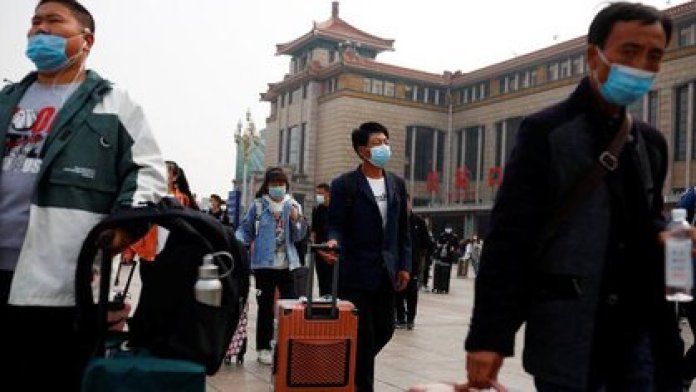
Censorship and mishandling of information
Despite the fact that the Chinese authorities at all times boasted of having had a transparent and efficient management since the beginning of the pandemic, the reports show great difficulty in diagnosing the first local patients of Covid-19.
“Documents show local health officials relied on faulty testing and reporting mechanisms. A report in documents from early March says that the mean time between the onset of symptoms and the confirmed diagnosis was 23.3 days, which, according to experts, would have significantly hampered measures to monitor and combat the disease. ” .
On February 10, Chinese authorities reported 2,478 new confirmed cases, bringing the global number to more than 40,000, with fewer than 400 cases developing outside mainland China. However, according to the reports, the real number of infected on that day was 5,918, more than double the official balance.
This number is divided into subcategories: “confirmed cases” (2,345), “clinically diagnosed cases” (1,772), and “suspected cases” (1,796). Yanzhong Huang, senior global health researcher at the Council on Foreign Relations, said the criteria adopted by the Chinese authorities led to misleading figures.
“Many of the suspected cases that there were should have been included with the confirmed cases. The figures they gave were conservative, and this reflects how confusing, complex and chaotic the situation is“Added the Chinese official, who confirmed the veracity and authenticity of the documents.
Several specialists argue that with these actions the Chinese regime was trying to show an effective health system and, in turn, not reveal the real gravity of the outbreak.
“It is clear that they made mistakes, and not just the ones that happen when it comes to a new virus, but also bureaucratic and political mistakes in the way they handled it,” Huang explained.
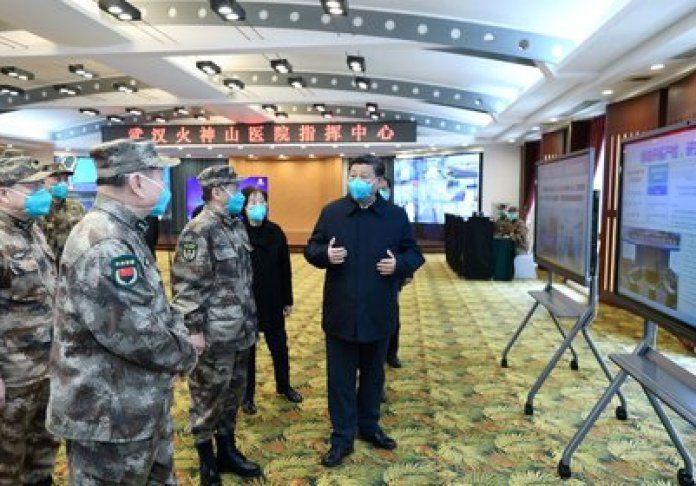
Along these lines, William Schaffner, a professor of infectious diseases at Vanderbilt University, said that including patients suspected of having the infection would have expanded the size of the outbreak and “would have given a truer appreciation of the nature of the infection. and its size”. In his view, Chinese officials “seemed to minimize the impact of the epidemic.”
According to the protocols established by the National Health Commission of China at the end of January this year, Chinese doctors were required to report a case as “suspect” if a patient had a history of contact with known cases, and symptoms of fever and pneumonia. . To elevate the case to “clinically diagnosed”, these symptoms had to be confirmed by X-ray or CT scan. Meanwhile, a case would only be “confirmed” if the polymerase chain reaction (PCR) or genetic sequencing tests were positive.
Andrew Mertha, Director of the China Studies Program at the John Hopkins University, indicated that the Chinese authorities only in mid-February placed the cases “clinically diagnosed” in the category of “confirmed.”
Added to this, Chinese officials did not include asymptomatic cases in their records, something strongly questioned by international health experts.
Dali Yang, a professor of political science at the University of Chicago who studied extensively the origins of the coronavirus, remarked that in February the numbers were of vital importance in order to measure the true impact that the outbreak could have. “They hoped it would be like 2003, and since the Severe Acute Respiratory Syndrome (SARS) would be contained in time, and everything could go back to normal.”.
In this regard, he recalled that on February 7, Xi Jinping and Trump had a telephone conversation to discuss the issue: “I think that is also the impression that Trump had … that this was going to disappear.”
These revelations come amid international pressure on China – led by the United States and the European Union – to fully cooperate with an investigation into the World Health Organization (WHO) on the origins of the virus.
However, international experts have so far had limited access to Chinese medical records.
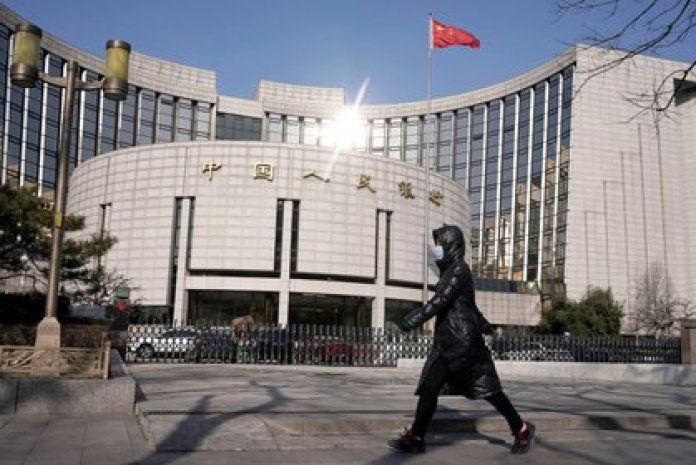
Delays by health authorities
Since the first cases were known, the tests were performed improperly and the test results took weeks to be delivered. According to documents found, the test kits they used were not effective, which caused many tests to be negative, in fact they were not.
It took the Chinese regime weeks to rectify these mistakes, as the virus continued to spread. All of this was accompanied by some timid criticism from Chinese medical experts, some of whom were silenced by Bejing.
In addition, in the first months of the epidemic, the waiting time for a person with symptoms to be seen by doctors was about 23 days. This delay meant that the Chinese authorities could not focus good intervention policies in public health.
“You are looking at data that is three weeks old and trying to make a decision for today”Said Dr. Amesh Adalja of Johns Hopkins University.
By March 7, the testing and diagnostic system had improved. However, many experts described these delays as unusual, even as health authorities faced a new virus.
“That adds another layer of understanding as to why some of the numbers that came out of the highest levels of government were probably wrong.”Said Schaffner of Vanderbilt University. “In the United States, Great Britain, France and Germany, there is always a delay. It is not known instantly. But 23 days is a long time ”.
Clutter and obstacles
A common denominator that appears in the documents is the lack of preparation on the part of the Chinese authorities, which adds to the lack of investment that the Chinese Center for Disease Control and Prevention (CDC) had in Hubei.
The CDC did not have enough equipment to carry out tests, and many of its officials, entangled in the complex Chinese bureaucracy, were unmotivated with their work when the first cases of coronavirus began.
Health authorities are insisted on “rigorously finding the weak link in disease control work, actively analyzing and compensating for deficiencies”.
An internal CDC report uncovers the lack of funding from the Hubei provincial government and notes that the staff budget is 29% below its annual target. The report also highlights how officials were handcuffed by the Chinese bureaucracy and in the first months of the epidemic they were unable to use all their knowledge to contain the virus..
“Wolf Warrior”: what hides the brutal attack by a senior Xi Jinping official on Australia and why Latin America must be prepared
The US Secretary of Health projected that the coronavirus vaccine will begin to be applied before Christmas
The appearance of the vaccine will not stop the evolution of the virus
Coronavirus: a Russian hospital prepares to start vaccinating the population with Sputnik-V
These were the details of the news The Wuhan Archives: How the Chinese Regime Hidden the Impact of the Coronavirus at the Start of the Pandemic for this day. We hope that we have succeeded by giving you the full details and information. To follow all our news, you can subscribe to the alerts system or to one of our different systems to provide you with all that is new.
It is also worth noting that the original news has been published and is available at en24news and the editorial team at AlKhaleej Today has confirmed it and it has been modified, and it may have been completely transferred or quoted from it and you can read and follow this news from its main source.


